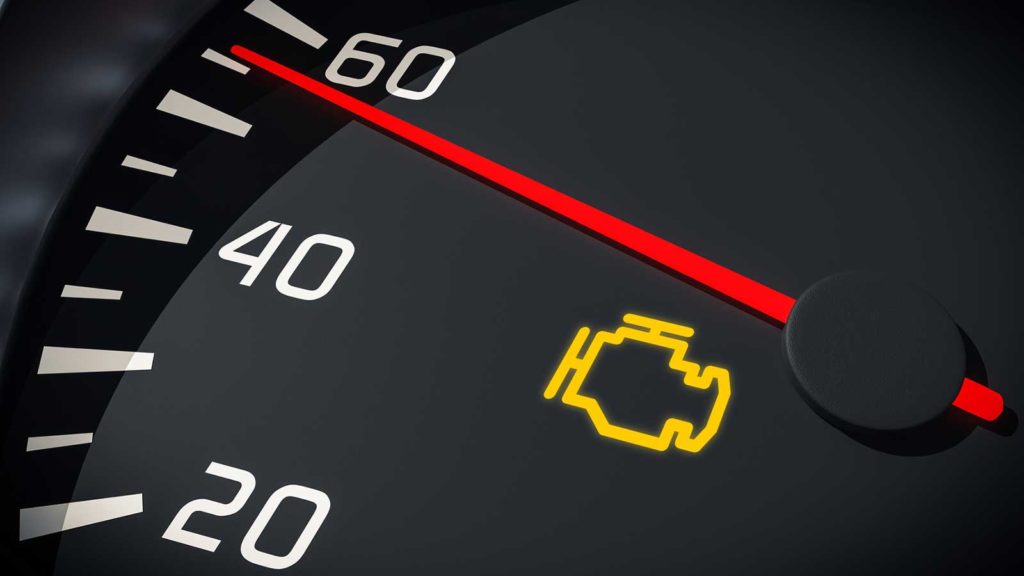You are driving along and an ominous orange light appears on your dash. It might be an engine symbol or say Service Engine Soon. What does this mean?
This light is to inform you that your car’s computer (often called an ECM or Engine Control Module) has received a Diagnostic Trouble Code (DTC). Once this code is stored in the computer, it can be retrieved using a diagnostic scan tool. The code number will help in diagnosing the cause of the problem by following the associated diagnostic flow chart.
“Can’t you just hook your computer thingy to tell you what’s wrong with my car?” Oh, how many times I’ve heard this one. Yes, we have a computer “thingy” that will allow us to read the Diagnostic Trouble Code. However, this will not always tell us what is wrong. Rather, it tells us what the computer is seeing or not seeing with the car’s electronic components.
Once we have the DTC number, we can more accurately diagnose what the Check Engine Light means. This involves following a diagnostic flow chart, sometimes called a “trouble tree.” This will take us step by step through checking out the components associated with the DTC.
Most of the time, these flow charts get involved in checking the power and ground circuits of the related part. It also involves checking for resistance (continuity) of the circuits. Only when we have determined that the related sensor that set the DTC has power, ground and good wiring can we condemn the sensor as faulty.
A code read is not diagnostics. Most big box auto parts stores will walk out to your car and read the diagnostic trouble code at no charge. This is not the same as diagnosing the reason the Check Engine Light is on.
An example of this happened recently in our shop. We had a Jeep Cherokee that was setting a DTC of 15: Vehicle speed sensor fault. Was the Vehicle speed sensor faulty? No, it wasn’t. Had we just read the DTC and replaced the sensor without running the proper diagnostics, we would not have fixed the problem. Most likely we would have had an upset customer because we replaced a sensor that was not faulty.
During the course of running the flow chart for this DTC, we had to check the power circuit to the sensor. While inspecting this circuit, we discovered that the wiring connector was damaged and not allowing the power to flow through the connector to the sensor. We installed a replacement wiring connector and pigtail. This solved the problem.
“You are going to charge me to look at my car?” This is another one that gets mentioned a lot. The majority of the time, we do not charge to “look” at a car. We will, however, charge to “diagnose” a car.
As the previous example illustrates, running the proper diagnostics for the DTC is crucial to determine the problem and fix it correctly. Diagnostic flow charts take time to run. Time costs money, as we have to pay the technician to run the chart, we have to buy the proper equipment for the technician to use, and we have to have the facility to operate in.
The average time to retrieve a DTC and run a flow chart is around 45 minutes. Not to mention that “computer thingy” we use (known more accurately as a diagnostic scan tool) costs a lot of money to purchase and update. We have well over ten thousand dollars invested in our latest scan tool purchase, the Snap On Verus.
It as been said that the average car in 1990 had far more computer power than the Apollo rockets that took man to the moon. This computer power has only increased since then. With the increase in power has come an increase in the complexity of diagnosing problems.
A good scan tool and a related DTC is a great starting point to properly diagnose the problem. However, only after following the proper flow chart can we determine the exact problem. I hope this information has helped take some of the mystery over that little orange light that illuminates your dash and the steps we follow to diagnose the problem.


